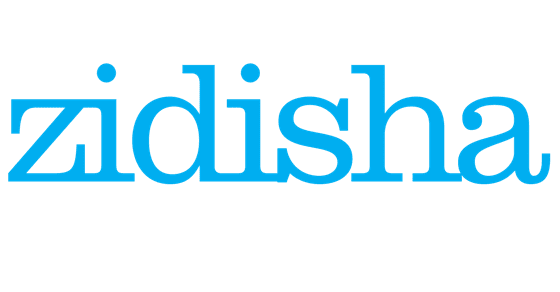National Public Radio has surveyed research on the impact of micro-lending to entrepreneurs around the world; in a number of well-controlled studies, the finding was that the loans were used to expand businesses, but the expansions were modest even by local measures and in none of the studies did the average borrower end up significantly increasing their income; micro-loans did have other benefits such as debt consolidation; one MIT economist, Abhijit Banerjee, found that straight cash grants to global entrepreneurs with low incomes did have a significant effect on long-term income generation, and hypothesized that the strict repayment structure of microfinance might be limiting its potential; the average microloan size is $200 in South Asia and $3,000 in Eastern Europe. Source
·
[Editor’s note: This is a guest post from GUO Zhenzhou, Founder & CEO of Quark Finance. Quark Finance is a Bronze Sponsor...
India company, Bharat Financial Inclusion, has reported financial performance that is demonstrating success with a rural-focused audience, operational cost controls and reduction in cost of funds; this strategy compares with other micro-lenders in India that are seeking rapid loan volume growth in urban centers, but with limited or negative profitability; Bharat announced net income growth of 87.3% to Rs146 crore (US $22 million) in the second quarter ended September 30; the marginal cost for borrowing to fund micro-loans has declined to 9.5% in Q2, and its average interest rate to borrowers stands at 19.75%. Source
The peer to peer lending model has been around even before Lending Club and Prosper joined the scene in the...


